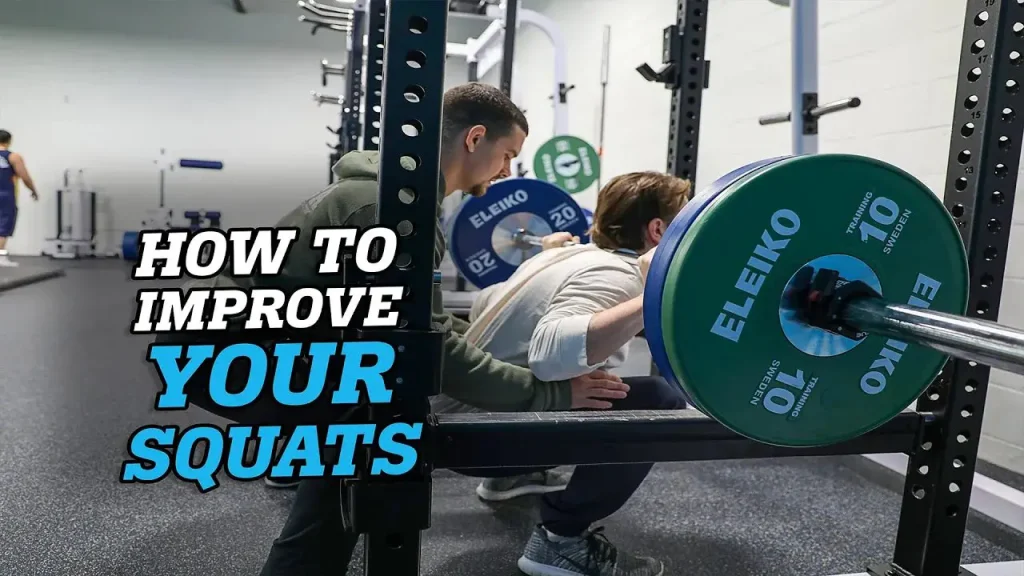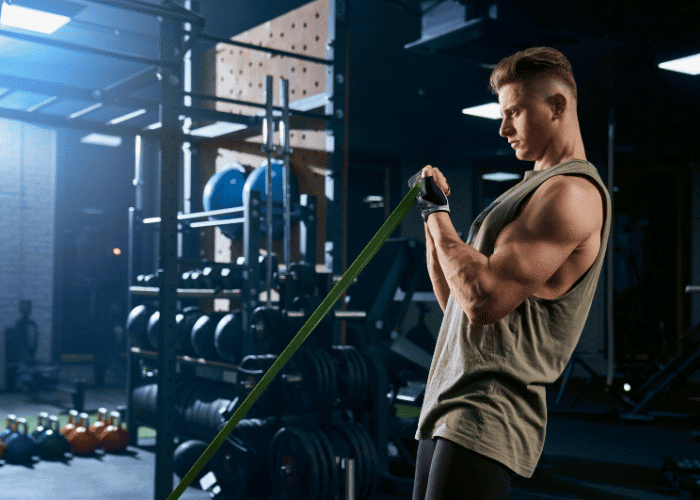At MECA, we focus on three things that can improve your squats. Before we begin improving our client’s squats we ensure that we put them through a structural balance assessment. We have found that approximately 2% of our clients can properly squat right away.
The first thing we work on to improve our athlete’s squat is increasing their ankle mobility. A lot of people have very, very poor ankle mobility for a variety of reasons. One of the easiest exercises to improve ankle mobility is a calf raise done through the full range of motion. To improve ankle mobility, it’s best to use exercises that take the pressure off of your other joints. When you remove that pressure your knee and hips will be able to move better.
Number two, your will need to improve your split squat or in other words a stationary lunge. For a regular square, you need to train the knee, ankle, and hip. Starting with a training lunge, you’re going through the full range of motion including a full knee bend. The overload to that position is in the bottom range like a squat Once we get to a certain point with a load versus someone’s body weight, that’s when our client’s are able to squat.
The third way to improve your overall squat is by increasing your 45-degree back extension. To increase your 45-degree back extension, a great exercise to use is an ascending-descending strength curve. This exercise improves the strength in your lower back or your rector’s spine. Your lower back is incredibly important in your ability to stay upright when you are squatting. Training your back extension and increasing the strength in the lower back muscles helps to stabilize your posture in a squat.
Those are the three exercises that we look to improve that are going to improve your overall squat through the full range of motion. Once you have completed these exercises and improved your squat, we recommend that you keep incorporating these into your daily training routine to ensure you can continue to have the full range required for squatting.












